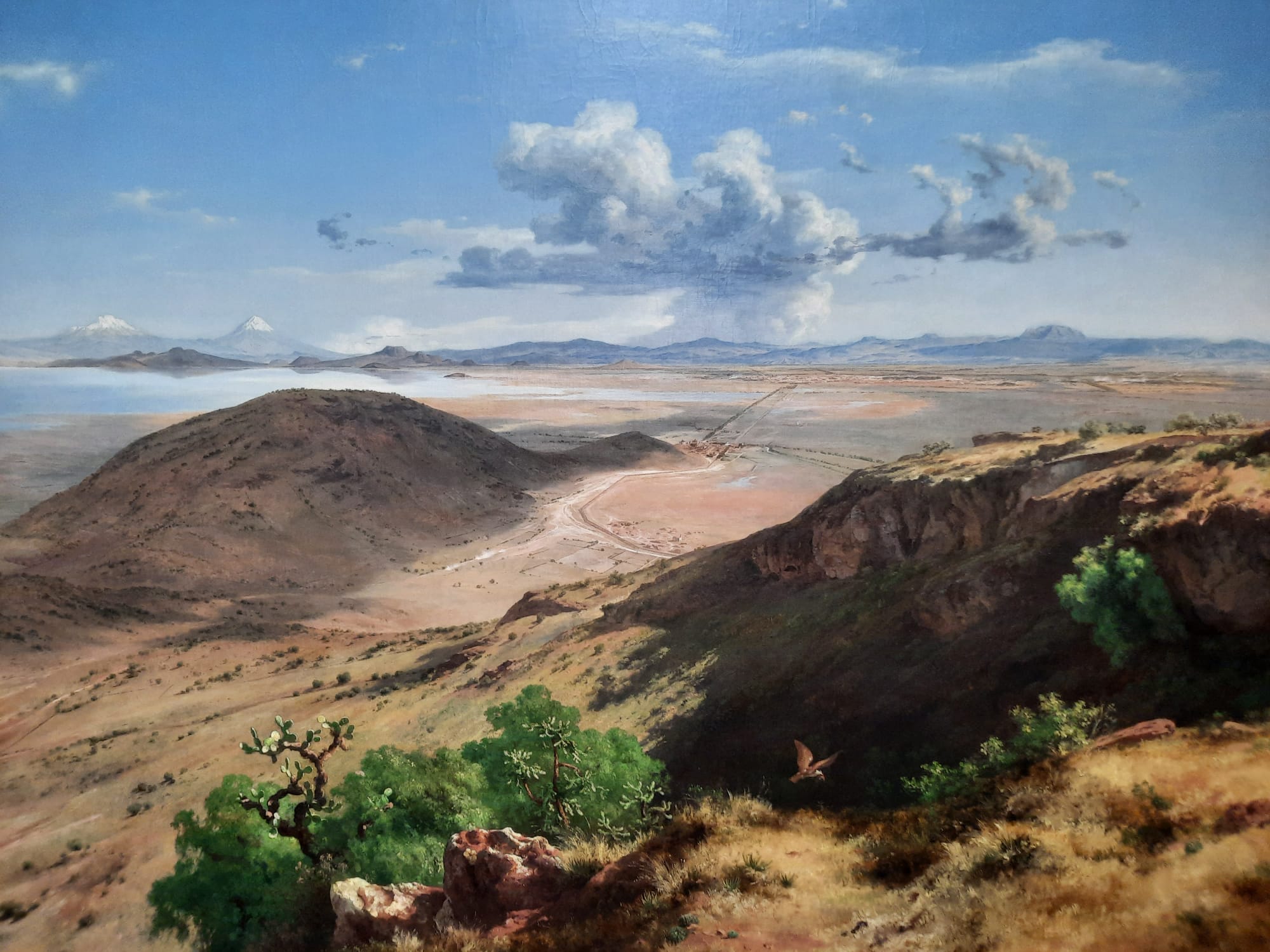José María Velasco: A View of Mexico – National Gallery, London
José María Velasco: A View of Mexico offers a quietly powerful window into 19th-century Mexico through the eyes of one of its most careful observers.
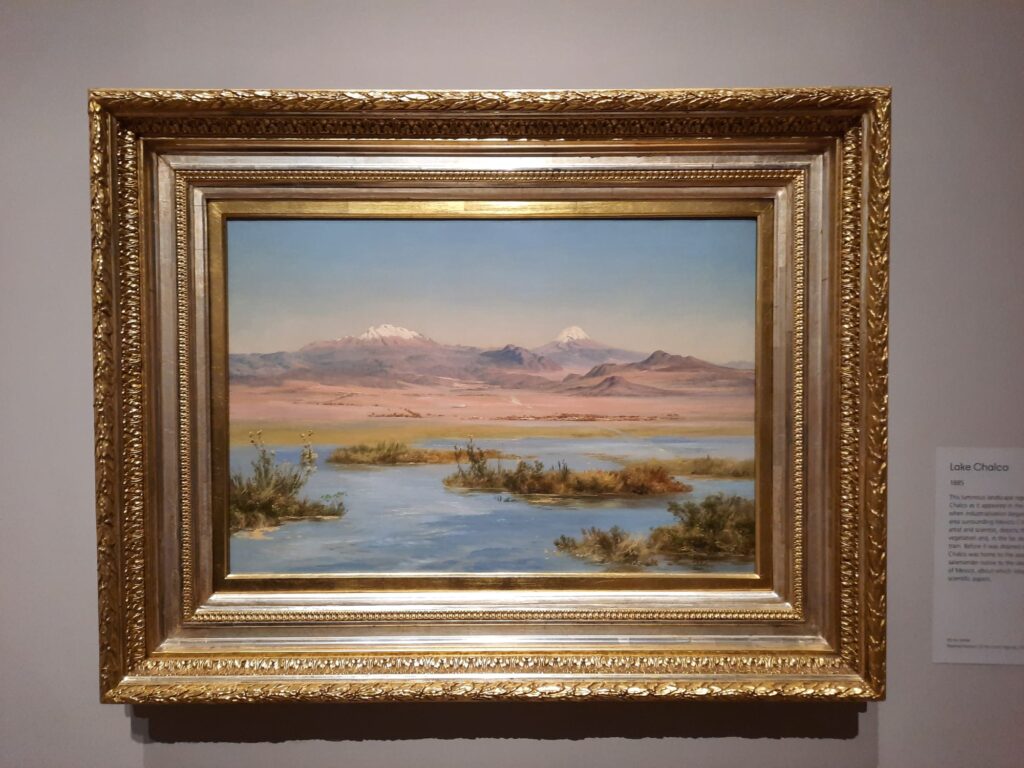
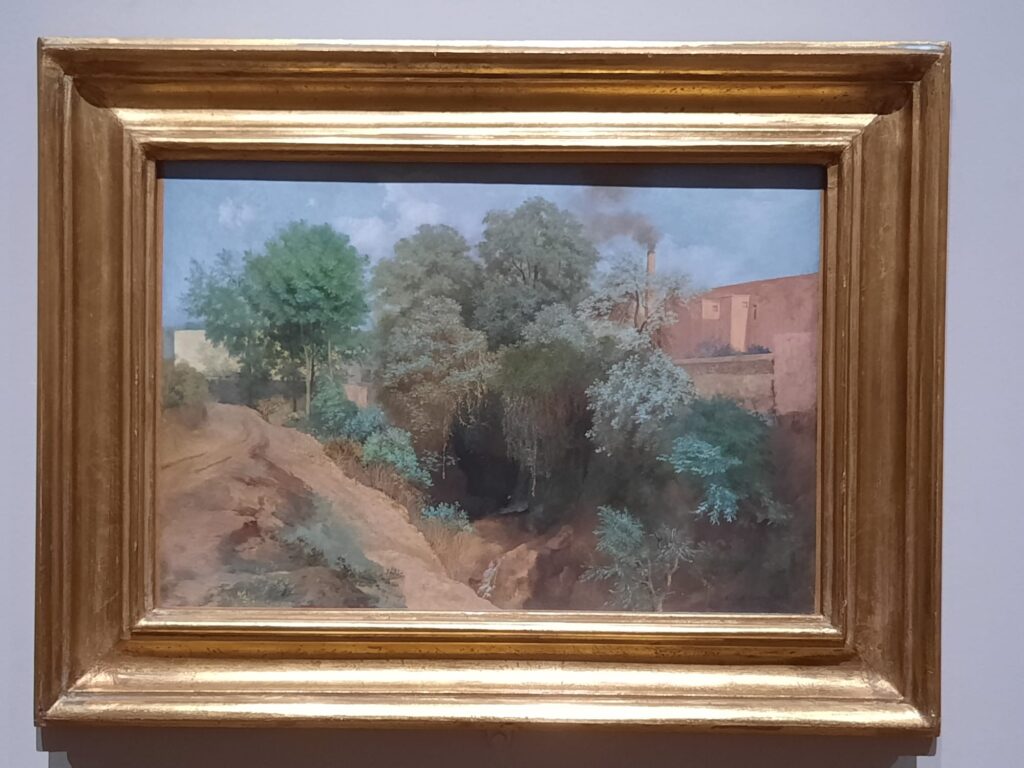
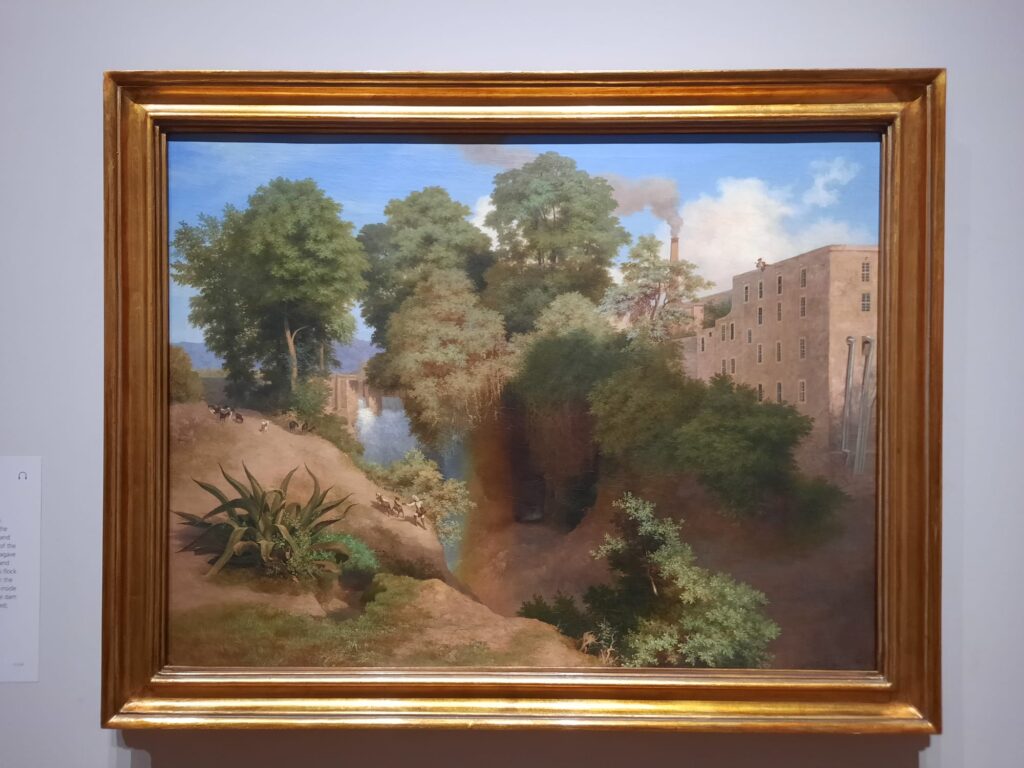
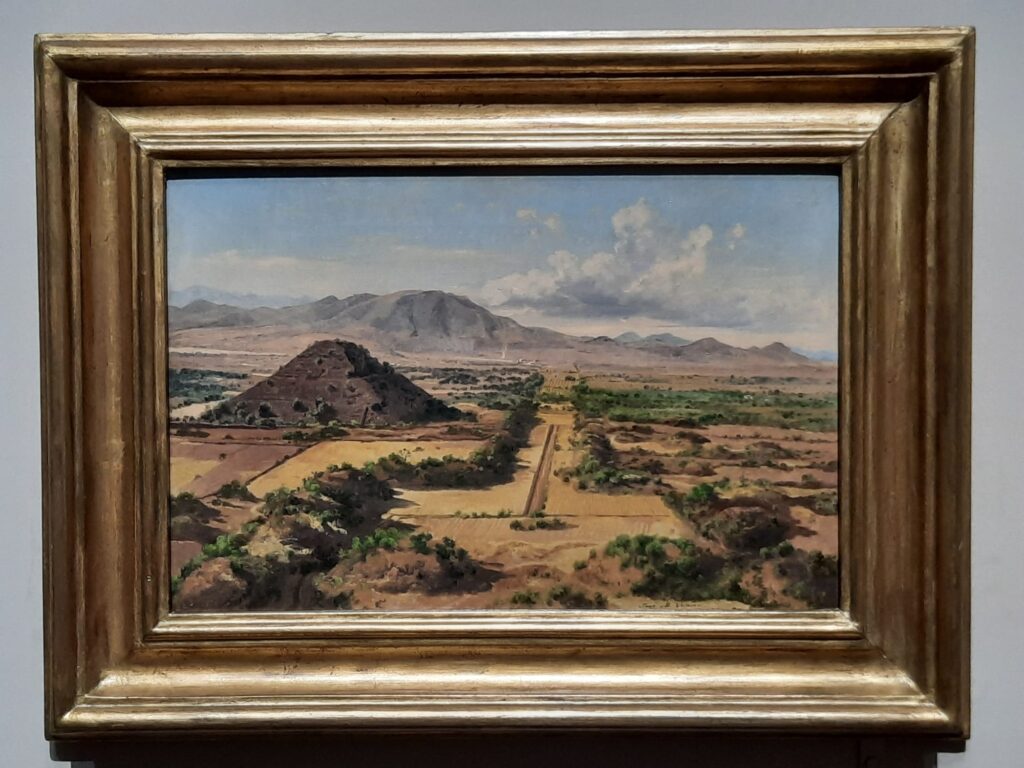
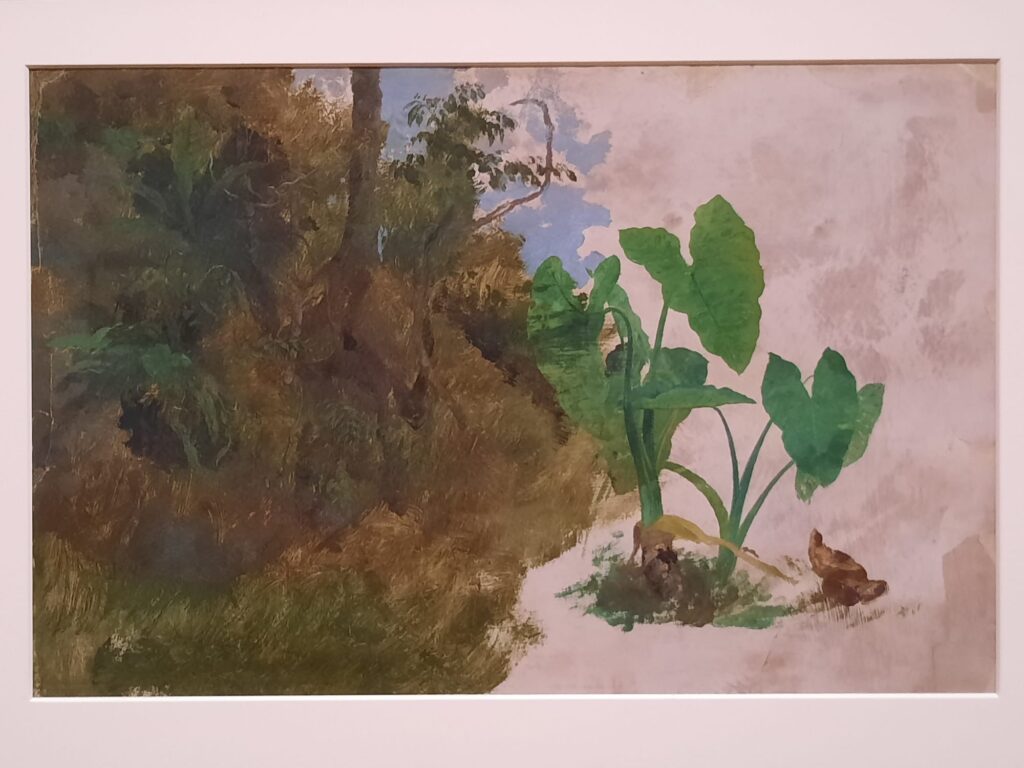
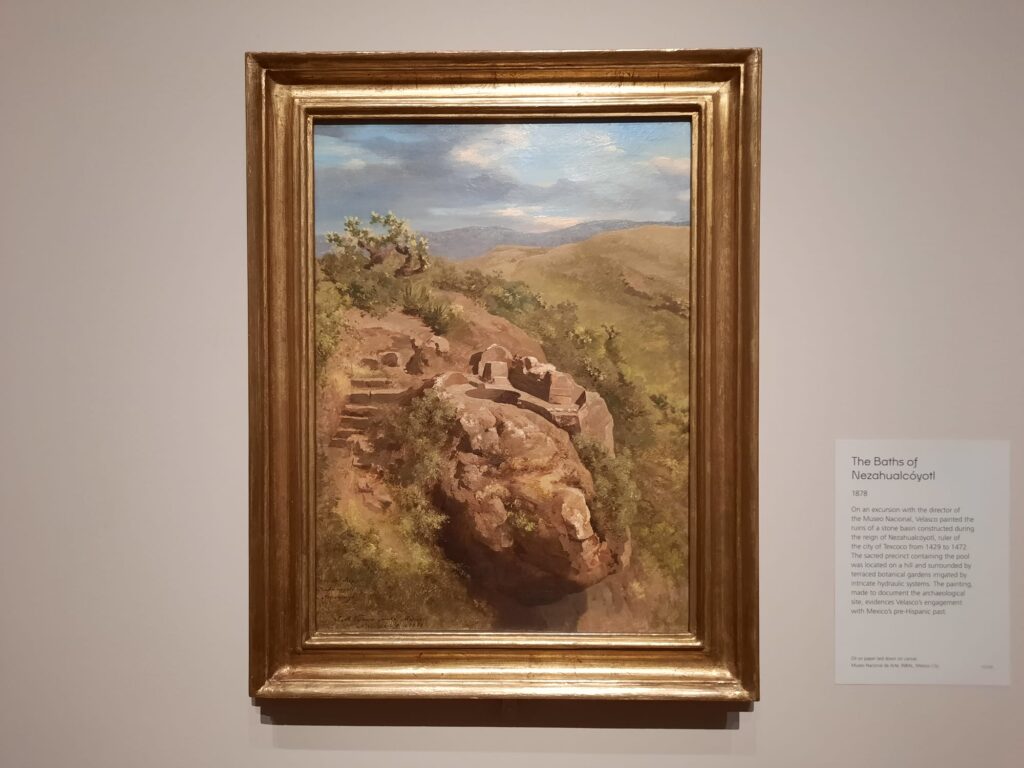
José María Velasco: A View of Mexico
I saw José María Velasco: A View of Mexico on the same day as Siena: The Rise of Painting, 1300–1350. It made for a fascinating contrast. One show explored a moment when Europe was finding its visual voice. The other revealed how a Mexican artist reshaped how his homeland was seen, by its people and by the world.
This is the National Gallery’s first exhibition of a Latin American artist. That fact alone says a lot. For centuries, European galleries have shown colonial landscapes painted through European eyes. Velasco’s work offers something rarer: a deeply local gaze, looking outward. He painted the Valley of Mexico not as an exotic backdrop, but as a living, complex home.
Velasco was born in 1840 in Temascalcingo, near Mexico City. He studied at the Academy of San Carlos and trained in both classical and scientific techniques. He wasn’t just a painter, he was also a naturalist. His works combine careful observation with an emotional response to the land. They’re rich in botanical, geographical and archaeological detail, but never dry. He painted the Valley of Mexico again and again, across changing light, weather, development, and politics. This wasn’t repetition, it was devotion. Through his brush, the valley became a national symbol. His landscapes helped shape Mexican identity after independence from Spain, taking pride in landscape as a defining feature.
Despite his importance in Mexico, Velasco is little known in the UK. This show feels like a long-overdue introduction, and a chance to reconsider who gets to define a place in paint.
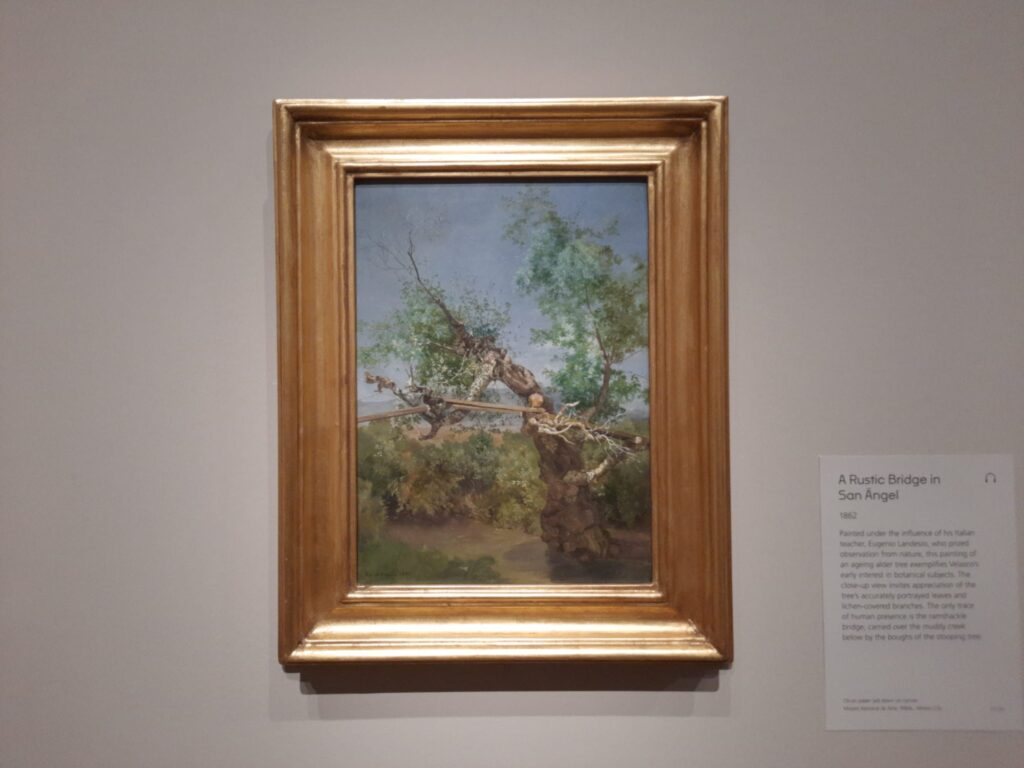
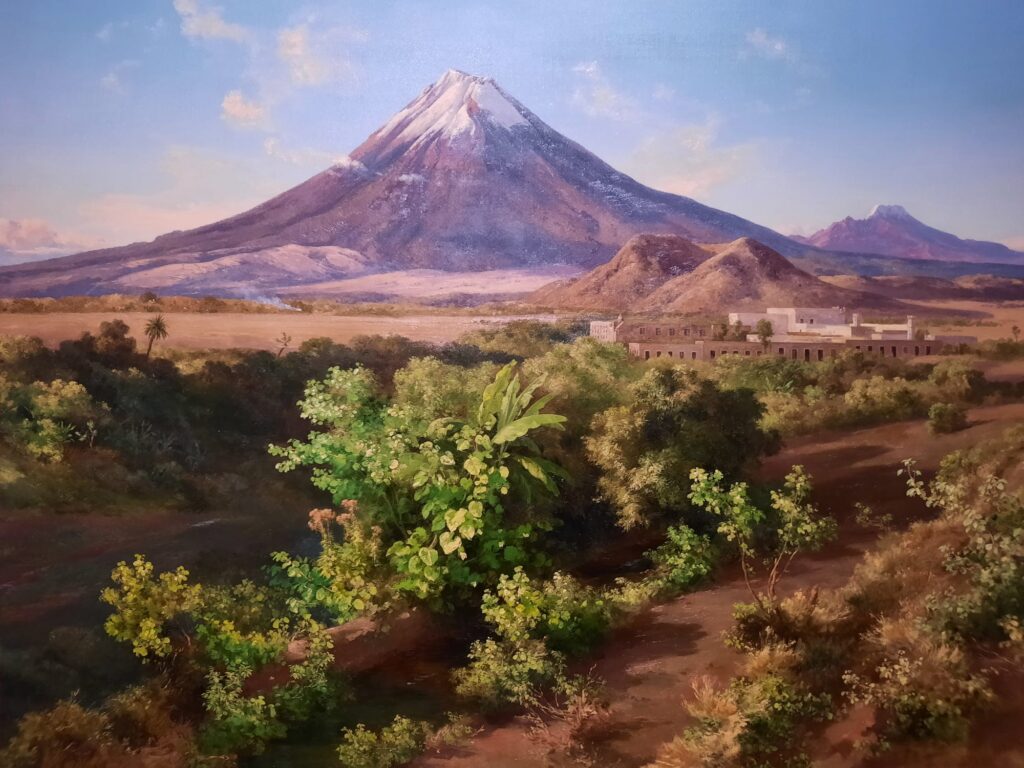
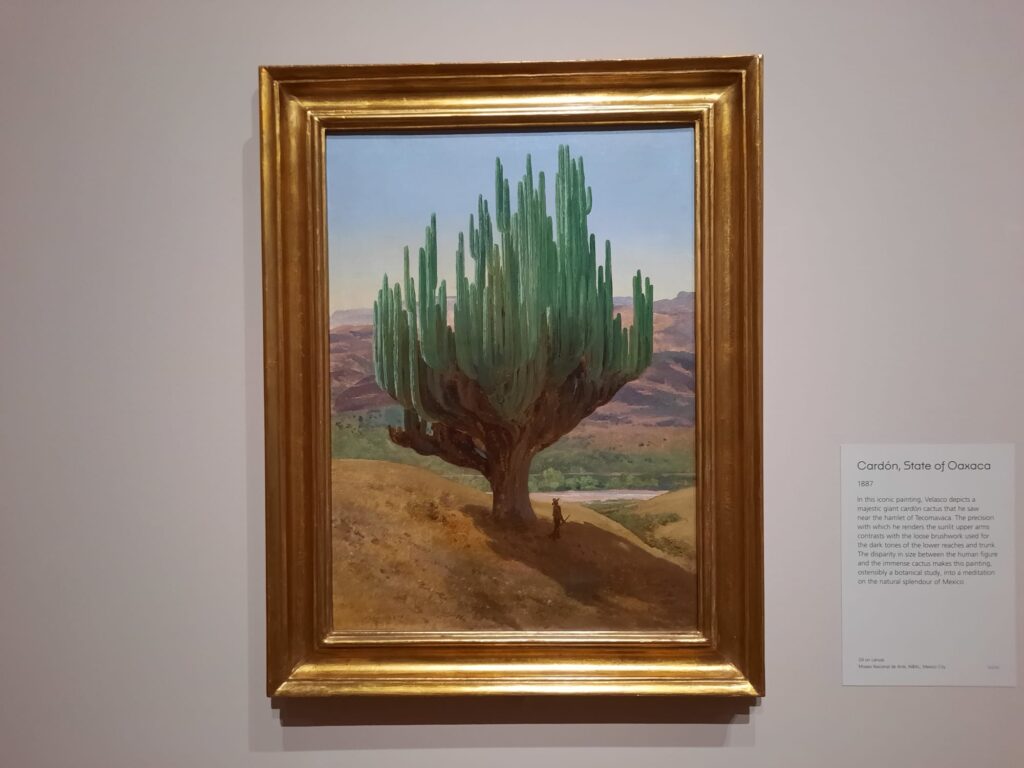
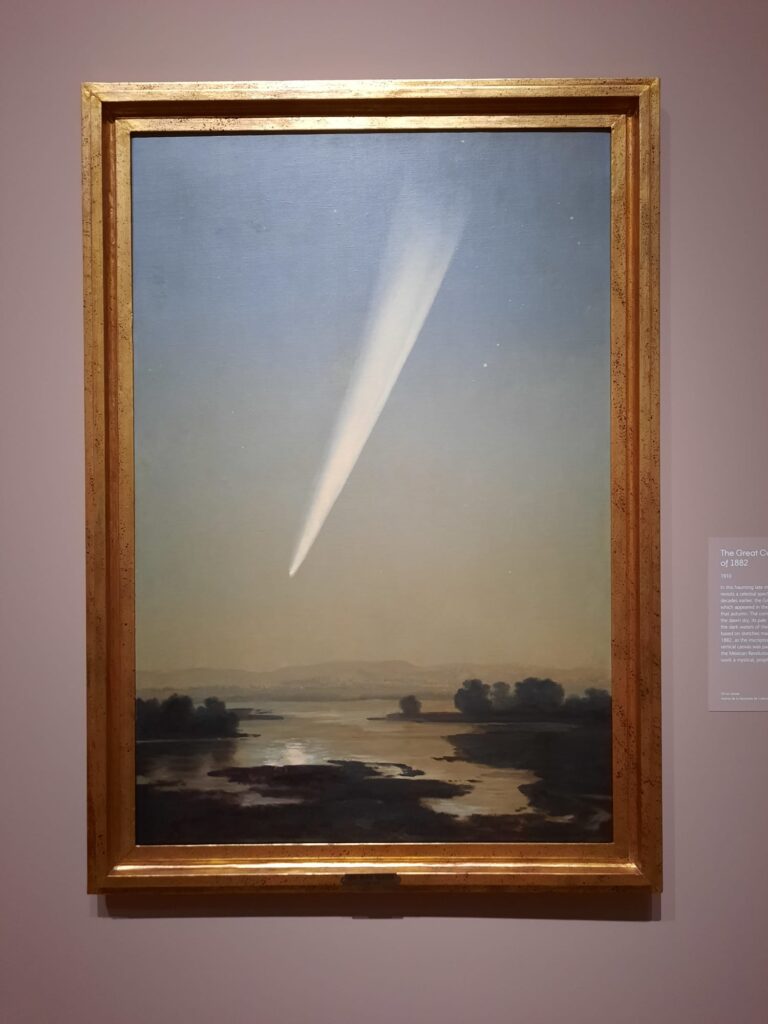
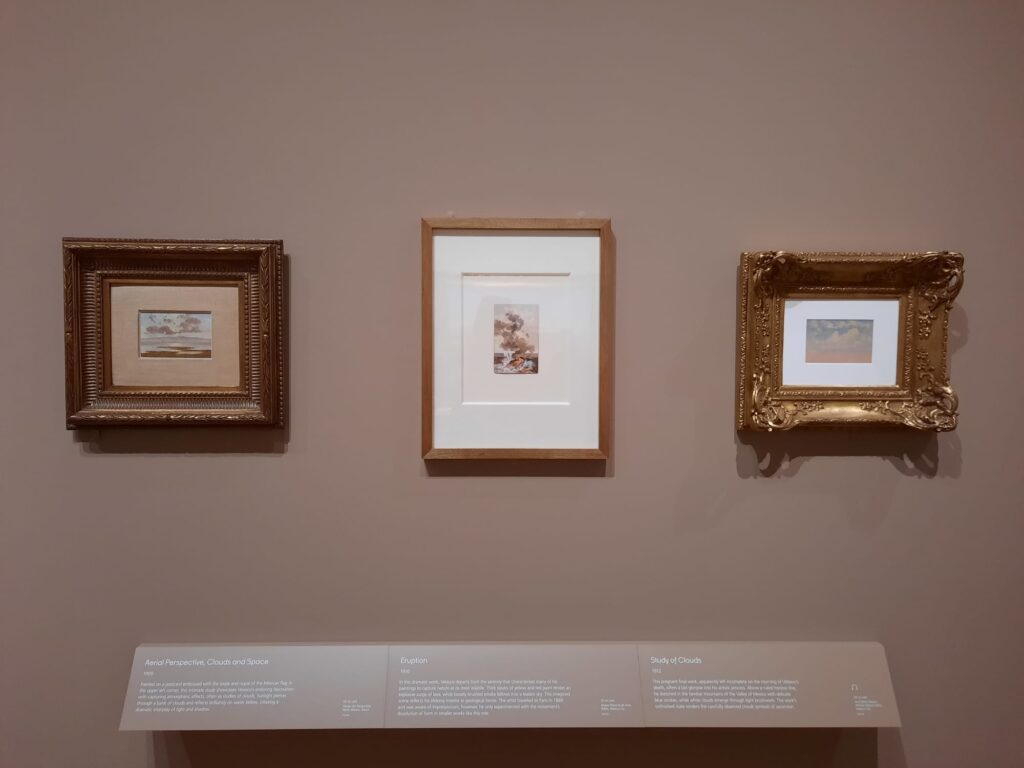

Nature, Nation, and the Passage of Time
Velasco’s work rewards close looking. His paintings don’t just depict majestic views, they document them. You can see how attentively he observed the natural world: species of plants rendered with botanical care, trees rooted in believable topography, skies that feel true to time and place. Yet it’s not only nature under his gaze. Factories and other signs of modernisation appear too, hints of a Mexico reshaping itself, pushing into modernity. In The Great Comet of 1882, he even captures a celestial event that had passed decades earlier, painted from memory and imagination. It’s a vision of the Valley of Mexico poised between eras: distant from both its pre-Columbian past and the sprawling metropolis it would become.
The exhibition spans Velasco’s long career. Early grand landscapes give way to more modest pieces made late in life, when illness kept him from working on the same scale. These smaller works retain the same sense of attentiveness and compositional skill. They feel intimate: painted, perhaps, for the artist himself as much as for an audience.
The exhibition is held in the National Gallery’s Sunley Room, a space that often houses free displays (some examples here and here). This time, however, there’s a modest entrance charge. It’s easy to imagine that’s due to the logistics of borrowing these works from Mexican institutions. Still, it’s worth knowing this is a small show: thoughtful and beautiful, but not expansive. You’ll leave having discovered an artist long overlooked in the UK, whose landscapes offer more than just scenery. They’re records of a nation in formation.
Salterton Arts Review’s rating: 3.5/5
José María Velasco: A View of Mexico on until 17 August 2025
Trending
If you see this after your page is loaded completely, leafletJS files are missing.

